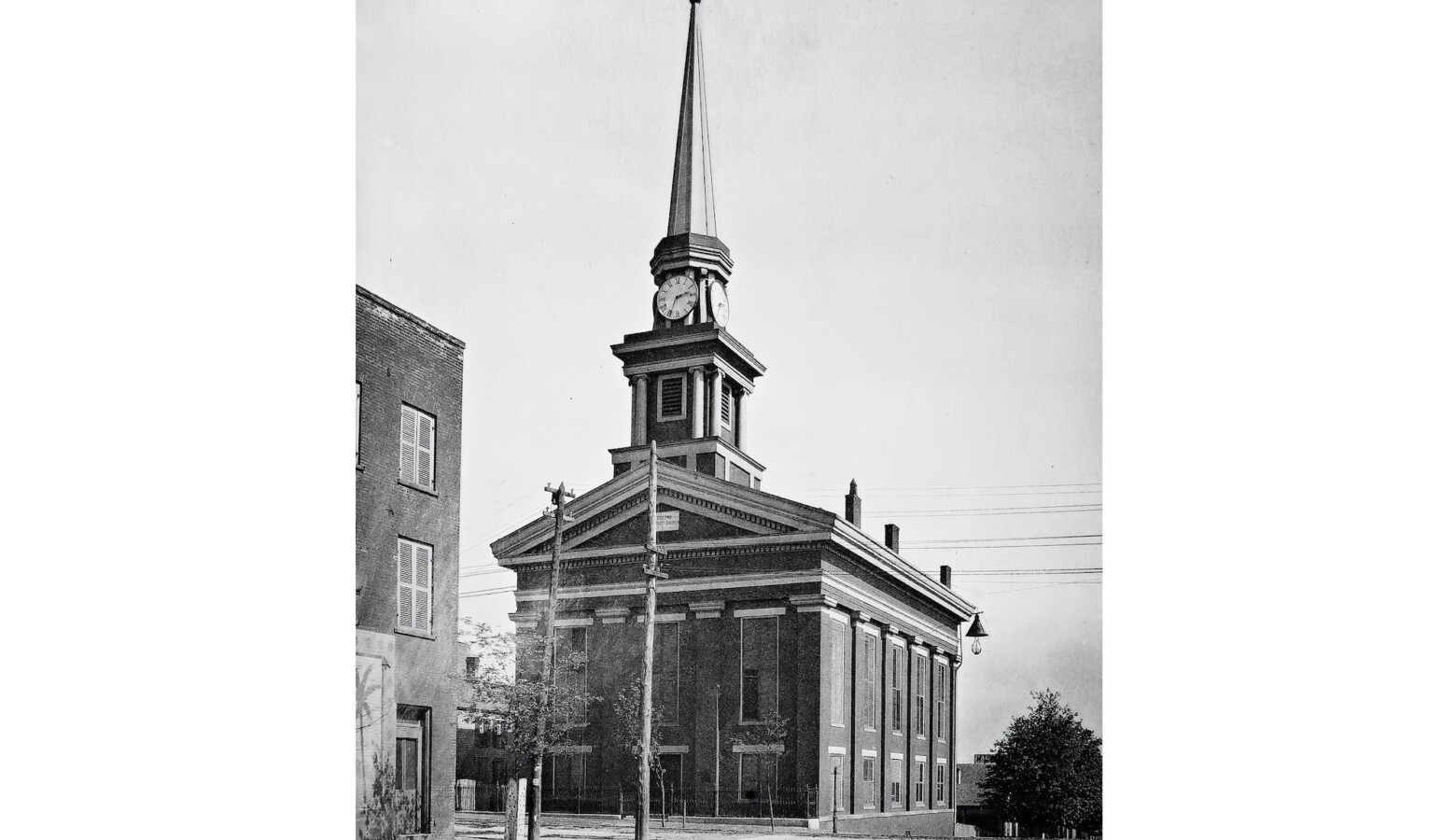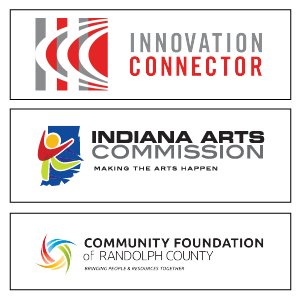Black History In Southern Indiana: New Albany’s Town Clock Church

The Rev. LeRoy Marshall didn’t really want the job when he first applied.
“I didn’t think much about it, and then they called me back and asked me to come back,” he said from his office at Second Baptist Church New Albany. “And [I] came back again kicking and screaming, and I became pastor.”
Then assistant pastor of Ebenezer Baptist Church in Louisville, Marshall didn’t know much about the run-down Greek Revival church just a few hundred yards north of the Ohio River.
After pointing out some of the work that’s been done on the church, he heads into his office, which was formerly filled with junk.
“They weren’t meeting upstairs. You couldn’t, some of the ceiling had fallen in,” he said. “This (office) was a storeroom. It was a mess.”
But he took the job at the church, with its broken windows and leaky roof, and is glad he did. If he hadn’t, he says one of Indiana’s most important historical locations was on its way to being condemned.
The building is called “Town Clock Church” because of its 160-foot clock tower, which acted as a landmark for those working and traveling on the river. It was built in 1852 for a congregation of Presbyterian abolitionists.
Pam Peters, historian and author of The Underground Railroad in Floyd County, Indiana, considers it the “most precious place in town.”
“Because of what it stands for,” she said. “This was a place where people stepped out of their comfort zone to help their fellow human beings.”
New Albany’s location on the Ohio River made it a hub for commerce and shipbuilding – the city was Indiana’s largest leading up to the Civil War. And its position right on the Mason-Dixon Line made it a hub for African American activity.
“It was just an extremely important area because of the African American communities on both sides of the river, helping each other,” Peters said. “And then the connection with the community here and the new-school Presbyterians at this particular place.”
Since New Albany depended on business with Kentucky, the city had a reputation for being pro-slavery, not wanting to upset its Southern customers across the river. But convinced of slavery’s evil, the congregation and free Blacks worked to help enslaved people, and the church became an integral stop on the Underground Railroad.
“At least a quarter of the African American community here in New Albany worked on the river,” Peters said. “On the steamboats, on the paddle boats, they owned row boats, they owned skiffs. They would meet [enslaved people] at night and cross over here; it was quieter. This part of the route was easier, safer than in the lights and activity of Louisville.”
Peters says the church itself was likely more of an organizing place for local abolitionists, and much of the actual work would have occurred at missions established on the riverbank.
“They helped them there with food, with clothing. With, yes, a way to get out of this dangerous Ohio River Valley,” she said.
Those who made it to New Albany were not safe by any means. Slavecatchers were often in hot pursuit, and the nation’s fugitive slave laws meant returning enslaved people to Southern owners could be lucrative. And while the end goal was to get to the wilderness north of Salem, those who saw the church’s soaring steeple knew freedom was within reach.
“It was a symbol for them of freedom, they knew that this was a place where they could get help,” Peters said. “Word passed around with them that this was a place of safety, that if they could just get over here was like a pot of gold. If they could just get across that ribbon of water to that church.”
So in 2012, when the church was nearing its last legs, Jerry Finn, Marshall and a group of community leaders formed the nonprofit “Friends of the Town Clock Church.”
Earlier fundraising efforts collected $350 auctioning commemorative bricks. Finn estimated it would take almost half a million dollars to refurbish the church.
“Most people when they heard $480,000 said we are crazy, ‘There’s no way that would happen,’” Finn said.
But it did. And it shattered expectations.
To date, the church has received just over $1 million. There was enough money to replace the iconic steeple that had burned in 1915 – it had been gone for over a century before being replaced in 2016 – and construct Underground Railroad Gardens on the property to educate the public on its history. There are even plans to build an Underground Railroad center next door.
“It’s more important than ever to tell the story of people who were willing and courageous enough to do the right thing and even in the face of great danger,” Finn said.
Marshall agrees, and says with everything that has happened in the past year, Town Clock Church provides an example of Americans coming together for a bigger cause – whether discussing events from centuries ago, or even ones this past decade.
“A lot of times we talk about doing certain things along racial lines, improving racial tensions, that kind of thing,” Marshall said. “But this community for 12 years (since becoming pastor), has been here with us every step of the way. So it can be done.”


